Everyone knows what cereals are. After all, man began to grow these plants more than 10 thousand years ago. Therefore, even now such names of cereals as wheat, rye, barley, rice, corn and many others are on everyone's lips. By the area of crops, they have long received a leading position. From our article you will learn about the structural features and economic significance of these plants.
Class Monocots
The family Cereals, or Bluegrass, has many features in common with Lily and Onion. The fact is that they are all representatives of the monocot class. How can these plants be identified? Their embryo consists of one cotyledon. The main root of monocots dies off early. But the sides are formed. They form a fibrous root system.
In the root and stem there is no lateral educational tissue called cambium. Therefore, the growth of these organs in thickness is limited. Most monocots are herbaceous plants. Their leaves have parallel or reticulate venation.
Biological characteristics of the Cereal family
The "calling card" of these plants is the stem, which is called a culm. In most cereals, it is hollow in the internodes. Only in sugar cane and corn is it filled with loose connective tissue, which performs a storage function. Straw is characterized by intercalated growth.
How else can you answer the question, what are cereals? These are mainly perennials, although there are exceptions among them. So, millet and field grass form seeds already in the first year after flowering. The root system of all cereals is fibrous type. It grows in a powerful bunch straight from the stem.
The leaves also have a special structure. They are simple, sessile, elongated, with parallel venation. Their long tubular sheath encloses the stem.
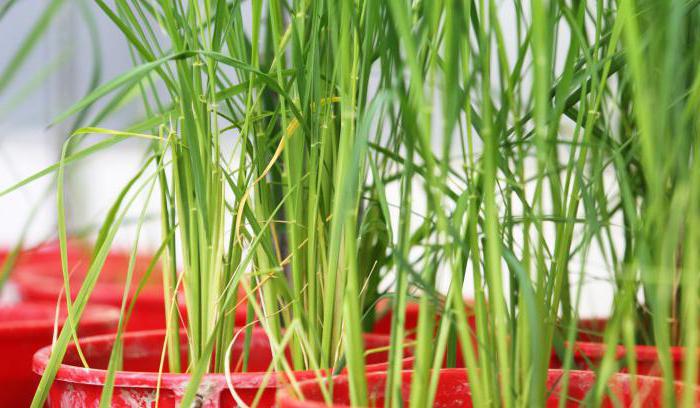
Fruits and seeds
Flowers of cereals are very small. Each of them has one pistil and three stamens. The perianth is simple. It is represented by two scales and films. In some species, such structures are barely noticeable, therefore they are collected in inflorescences. In wheat, rye, wheatgrass and barley, this is a complex ear. The flowers of rice, millet, corn and oats form into a panicle.
Among grasses there are self- and wind-pollinated species. As a result of flowering, a dry multi-seeded fruit is formed - a grain.
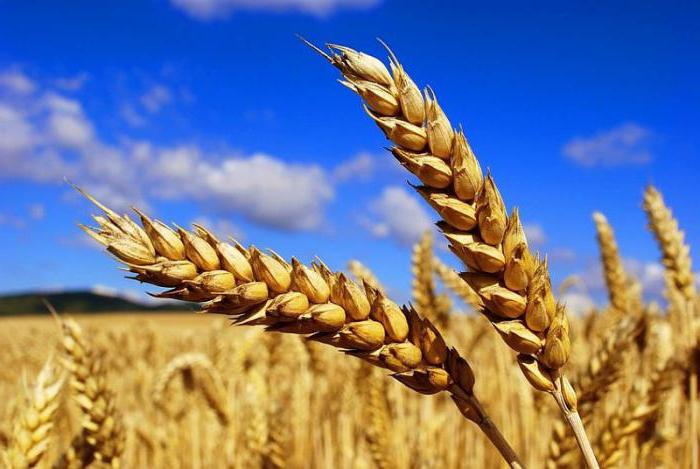
Economic aspect
Most types of cereals belong to grain crops. These are wheat, rye, oats, rice. Flour, pasta and bakery products are obtained from grains, used as animal feed. Nutritious oil is obtained from corn seeds.
Bamboo, which grows in tropical countries, is used as a building and finishing material.
Meadow cereals are used for pet food, both fresh and dried. A powerful root system determines the use of these plants for fixing sands and preventing soil shedding.
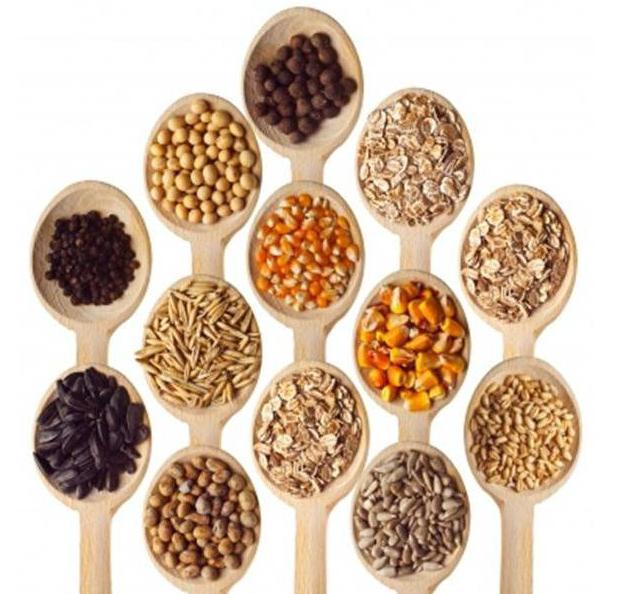
Weedy types of cereals
But wheatgrass, wild oats and bristles deserve a completely different glory. These are malicious weeds, which can be very difficult to get rid of. Such cereal plants form modifications of the shoot, which are called rhizomes. They consist of strongly elongated internodes. Such organs develop underground, and only leaves are visible from the outside. The rhizome accumulates water with a solution of minerals. Therefore, weeds survive in conditions of drought and temperature changes.
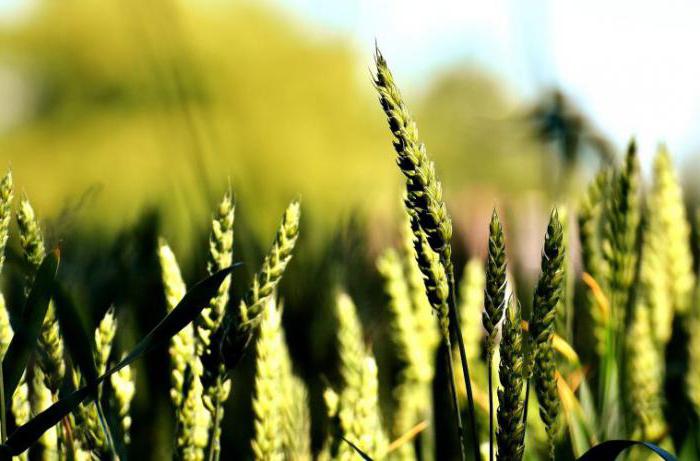
Wheat
When it comes to cereal plants, it is simply impossible not to remember this species. Wheat, which occupies a leading position among cereal crops in many countries, is an annual. Therefore, its crops must be renewed annually.
Wheat is a herbaceous plant with erect stems bearing linear or flat leaves. The surface of the latter may be smooth or rough. Single ear of wheat. On its main axis are two rows of sessile flowers, which are closely spaced. The uppermost of them, as a rule, is underdeveloped.
According to various sources, the birthplace of wheat is Armenia or Turkey. It is one of the first domesticated cereals. Wild species of this plant have a significant drawback. Their grains fall out of the ear before ripening. Therefore, its evolution followed the path of increasing resistance to shedding.
Now wheat is the leader not only in terms of the area under crops on the planet, but also in terms of the number of varieties. They differ in the shape of the stem, size and chemical composition of the grains. For example, spelled has a brittle straw and grains, which are quite difficult to separate from the films.
Wheat grains contain a large amount of carbohydrates - up to 70%. These are starch, monosaccharides and dietary fiber.
Rye
It is a typical northern hemisphere cereal. Like wheat, rye can be spring and winter. Flour, starch, rye kvass, raw materials for the manufacture of alcohol are obtained from its grains. In agriculture, it is used as green manure. This is the name of plants that inhibit weeds, improve soil aeration, and enrich it with nitrogen. This is especially true for loams. With the help of rye roots, it loosens and increases porosity.
This plant is also a forage crop. Its stems are used as feed for livestock. And straw is known as one of the cheapest roofing materials.
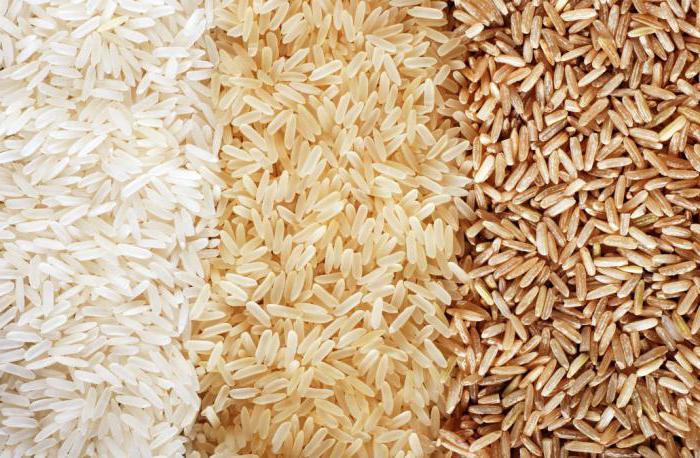
Sugarcane
When it comes to what cereals are, you should definitely say about this plant. It is cultivated in the tropics of Eurasia and South America. Despite this, the product that is obtained from it is known to everyone. This is sugar.
This type of reed is a perennial grass. Its rhizome grows rapidly and is fixed in the soil. The height of the shoot reaches 6 meters. The stems are cylindrical in shape, and the leaves visually resemble corn. Panicle inflorescence develops at the top of the shoot. Sugarcane propagates vegetatively using cuttings.
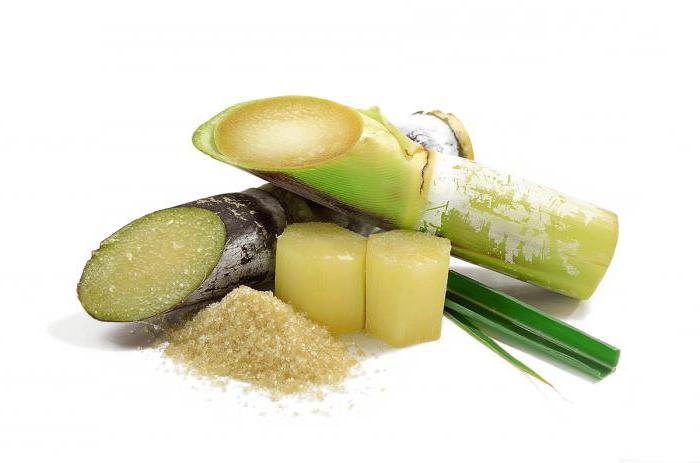
Rice
This cereal is the oldest cultivated by man. Initially, it was grown only in the East. Here people have found use for all parts of this plant. Food and drinks were prepared from seeds, and paper from dry shoots. Even rice husks are used as fertilizer or animal feed. Today, rice is popular all over the world.
The shape of the grains and processing methods distinguish many varieties of rice. For example, brown rice is the product of husking, while white rice is obtained by polishing. The first is more useful because it contains bran with a significant supply of dietary fiber. Steamed rice cooks the fastest. Its grains do not stick together and have a beautiful brown tint. Such a product is obtained by processing with hot steam.
Rice also differs in the shape of the grains. The longest reaches 6 mm. This is the most popular variety for cooking pilaf. It is better to add medium-grain rice to cereals and soups. Well, lovers of risotto and casseroles use round grains with a length of up to 5 mm.
The valuable nutritional qualities of rice are explained by the high content of polysaccharides, proteins, B vitamins in its cereals. The mineral composition is also impressive: sodium, potassium, iodine, iron, selenium.
Corn
This is another plant that is fighting for the title of the oldest of the cereals. Corn is an annual herbaceous crop. It is represented by cultivated, fodder and wild species.
Corn is a fairly tall plant. Often its shoots grow up to 3 meters. The stem does not have a cavity inside. Among the oblong lanceolate species, fruits are clearly visible - cobs. Outside, they are covered with a series of leaf-like wrappers. The fibrous root system of corn is powerful. It is able to penetrate to a depth of more than a meter. But even she cannot hold the massive aerial part with heavy fruits. Therefore, corn often forms supporting roots. They keep the plant in the soil and additionally provide it with mineral solutions from it.
One cob can contain up to a thousand seeds. They have a round or cubic shape and are closely pressed against each other in vertical rows. Growing corn requires warmth and moisture. The optimum temperature for this cereal is +20. These factors are limiting in the areas of its distribution.
So, in our article we examined what cereals are. These are representatives of the monocot class. These include herbaceous plants with a hollow stem called a culm. The root system is fibrous type. Small flowers are collected in ears or panicles.
Most cereals are valued as cereals and are used in the food industry. From wheat, rice, rye, barley, corn flour, cereals, bakery products are obtained. Forage species are used to feed livestock. A valuable food structure is sugar cane. There are among cereals and malicious weeds that harm agricultural crops.
